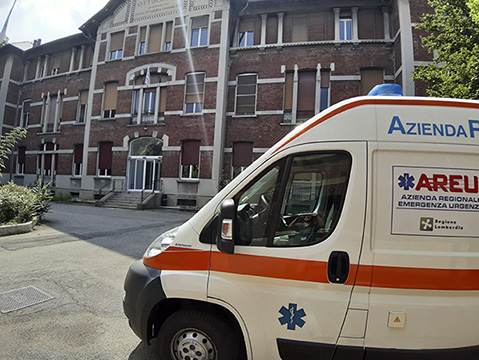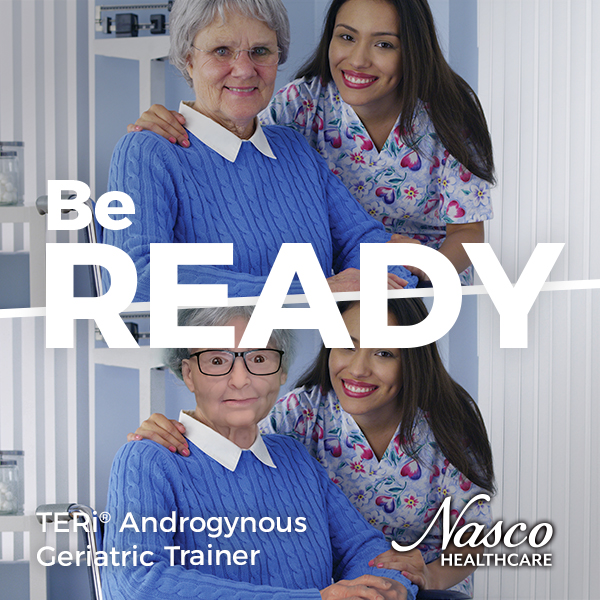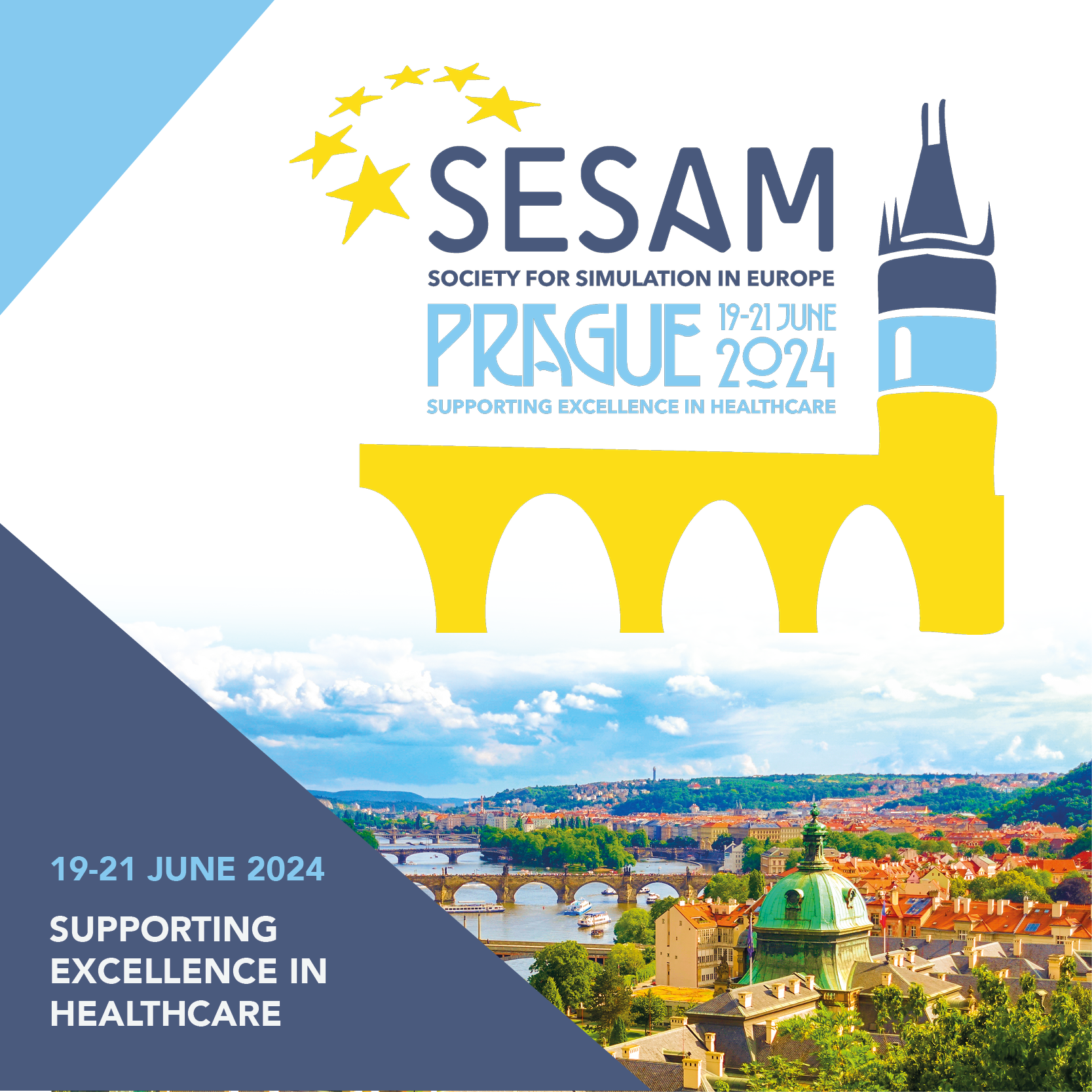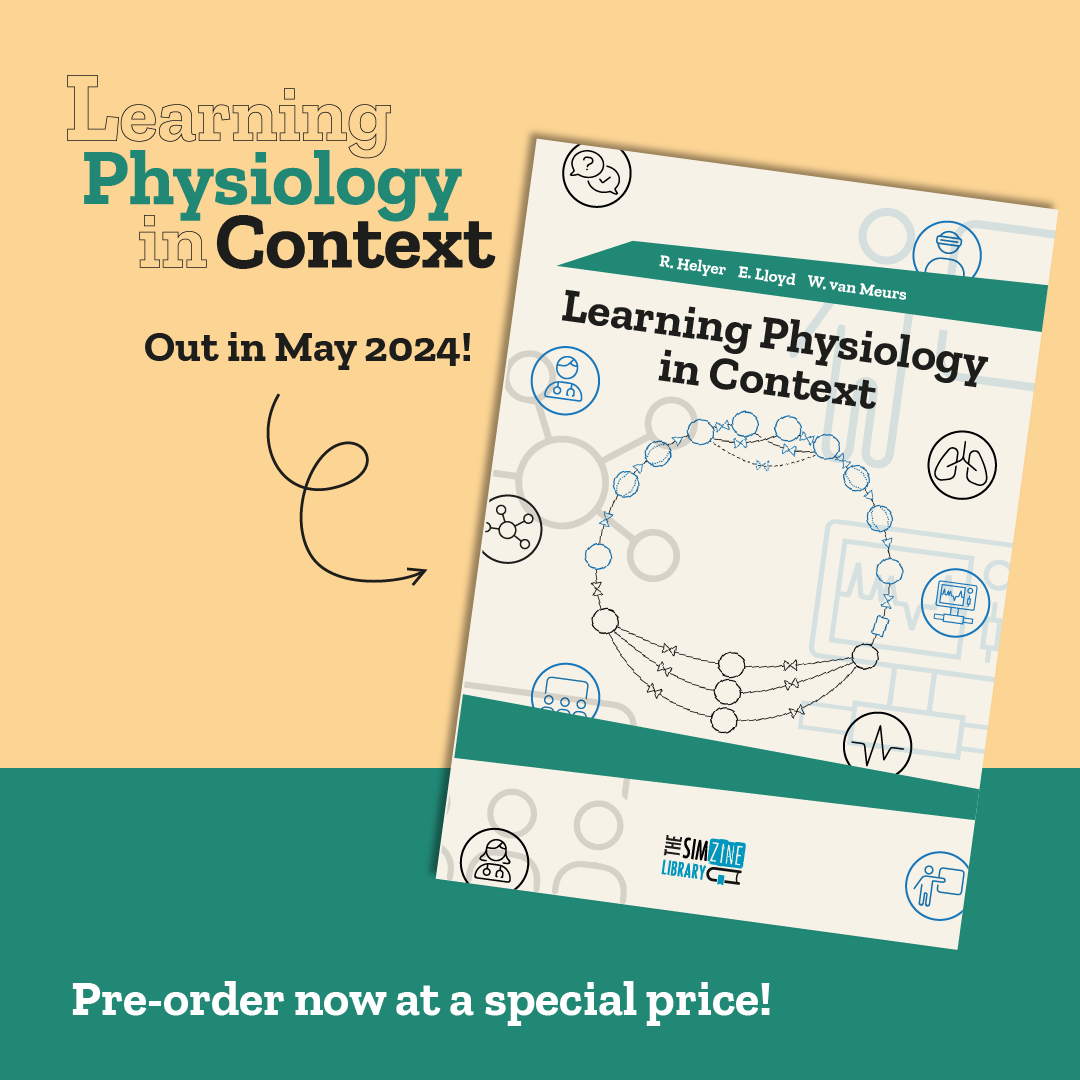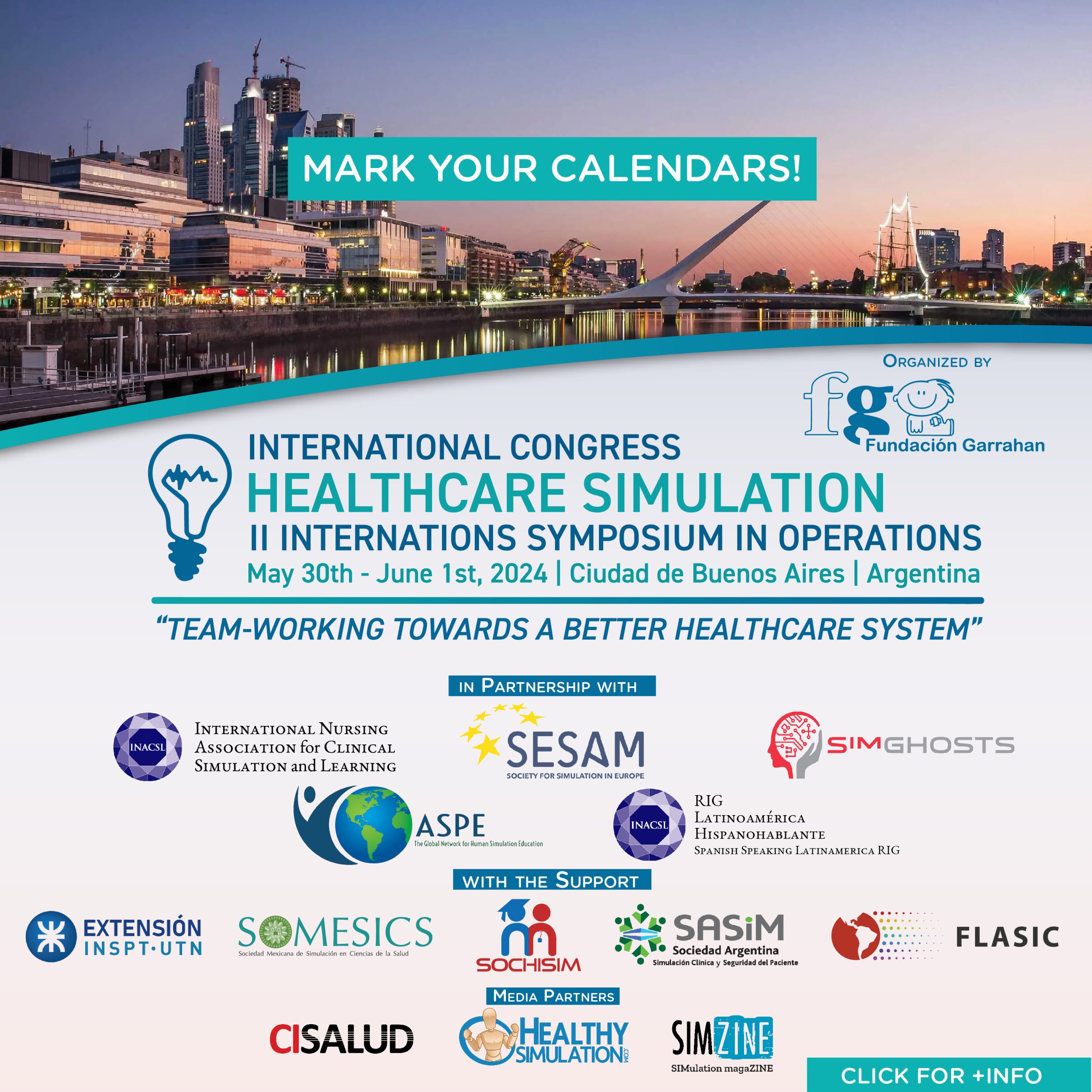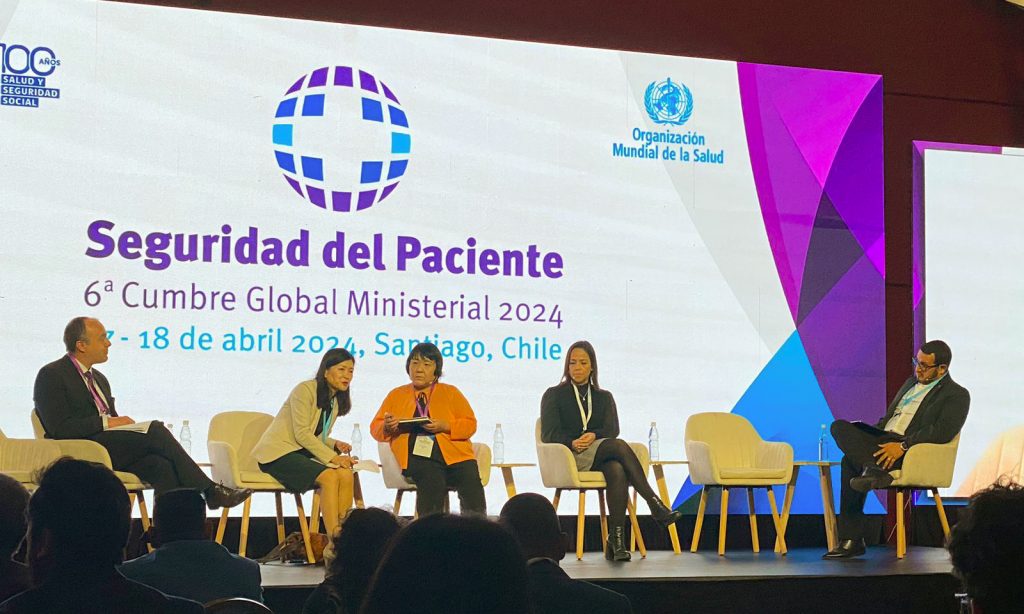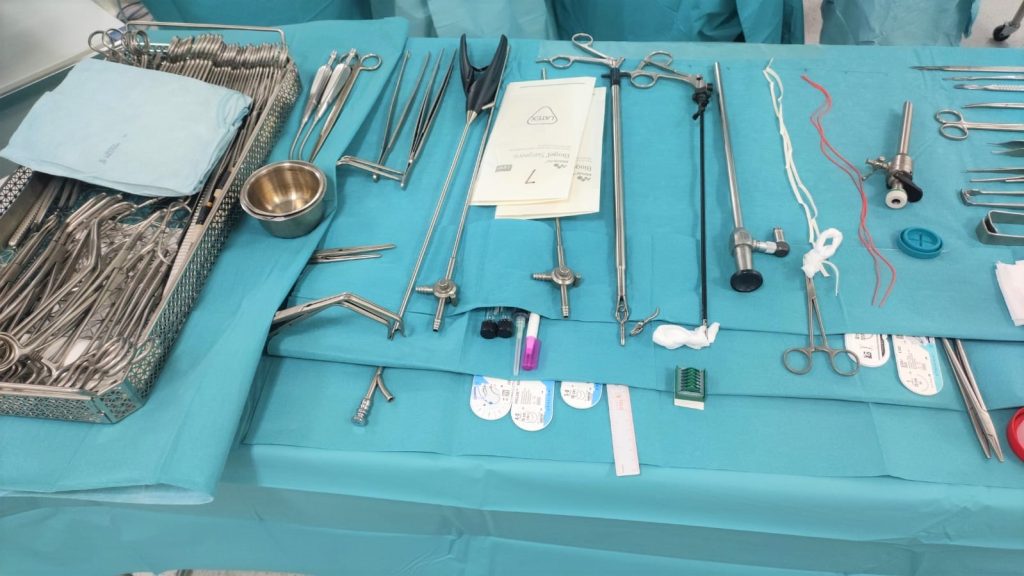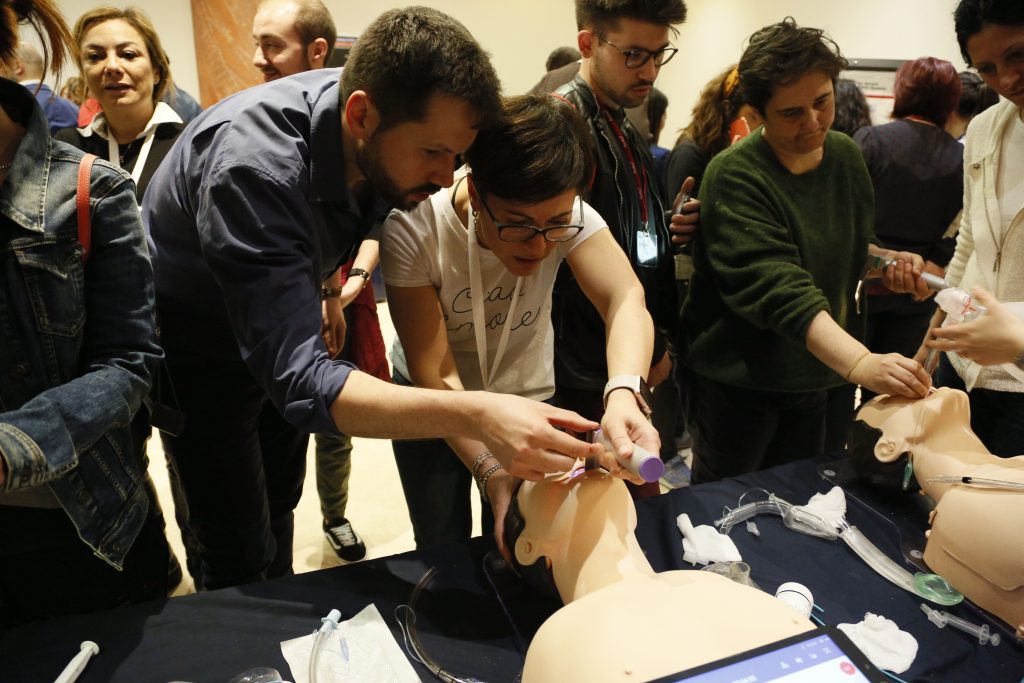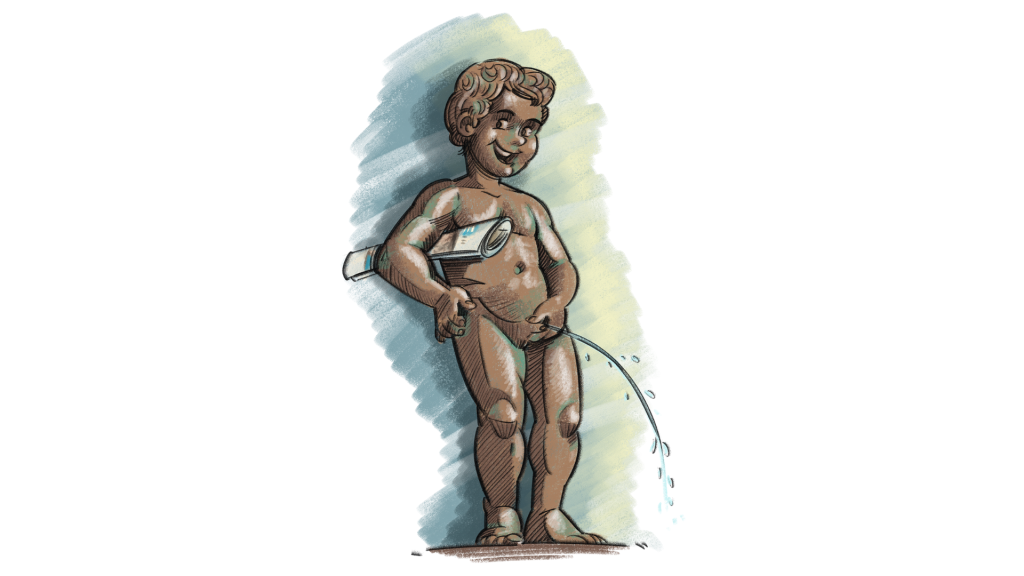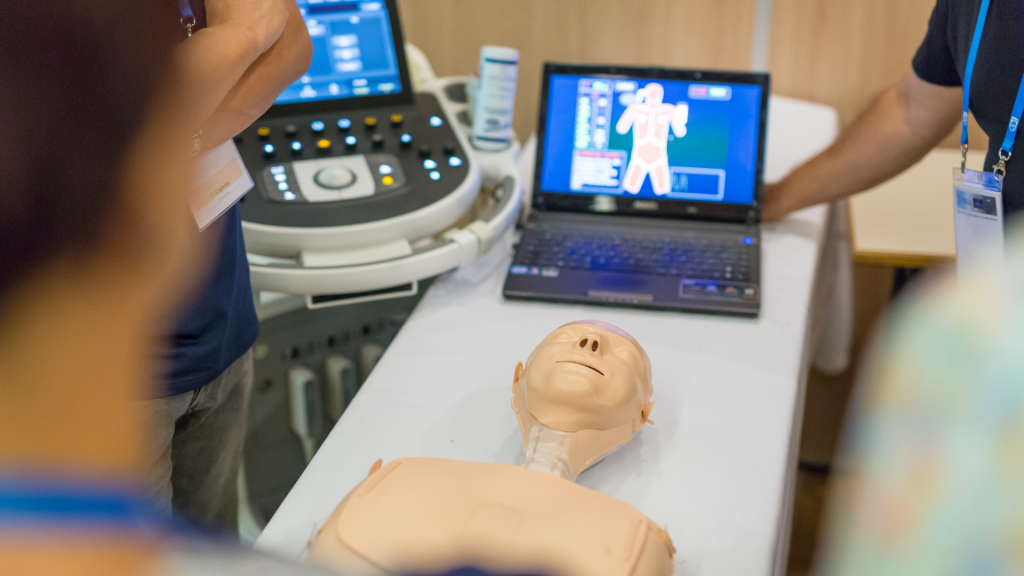After a debriefer, a technician and a psychologist, now it’s time to find out who manages the entire system, the director of the SIM center. We interviewed Stefano Sironi, director of the AREU International Research and Teaching Center
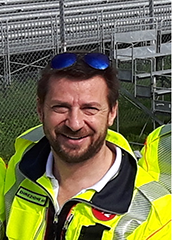
Stefano Sironi
Director of AREU’s International Research & Teaching Center
The first question is obviously this: how did you approach simulation?
Wow .. !! What a good question.. 😉 Actually, in 2010 I came to AREU with the (very general) mandate to deal with the training of health workers. For more than a decade I had been dedicated to training and also to low-medium fidelity simulation for the management of Trauma, medical emergencies, etc. After only a couple of months I was asked to participate in the Consensus Conference on Simulation in Bologna,organized by the Gurus (with a capital “G”) of training in Italy, very important names and professionals, who were able to make me feel small. From that meeting with many professionals, I began to fall in love with that environment and to fantasize about the possibility of being able to work with simulation in Lombardy, in the context of emergency medicine, in a slightly more structured way… At the same time I began to study, attend and be interested in simulation and how to use it for effective training. In fact, at first I was very fascinated by all the technology that revolved around this world, but I soon realized that it was only one aspect and that it certainly did not come down only to that… and it was love at first sight!
As Director, how do you manage the multidisciplinary teams that belong to the Center?
Currently the AREU IR & TeC Structure (International Center for Research and Teaching) has a team of 14 people, including me. The full-time team includes clinical trainers (critical area nurses, still on duty for part of their time), administrative and technical staff, rescuers, and professional educators. In addition, for nearly 10 years, the Center has coordinated 3 permanent working groups (regional technical groups) for the training of medical and nursing professionals, as well as first responders, supervising the definition of training needs and the planning of new events. We then form, for a specific project, improvised multidisciplinary teams that compare, share, study and propose solutions, often involving psychologists, pedagogues, experts from various fields as needed. Currently, our Center has about 170 trainers from various disciplines and professions, plus about 70 consultants from the external Register of Trainers.
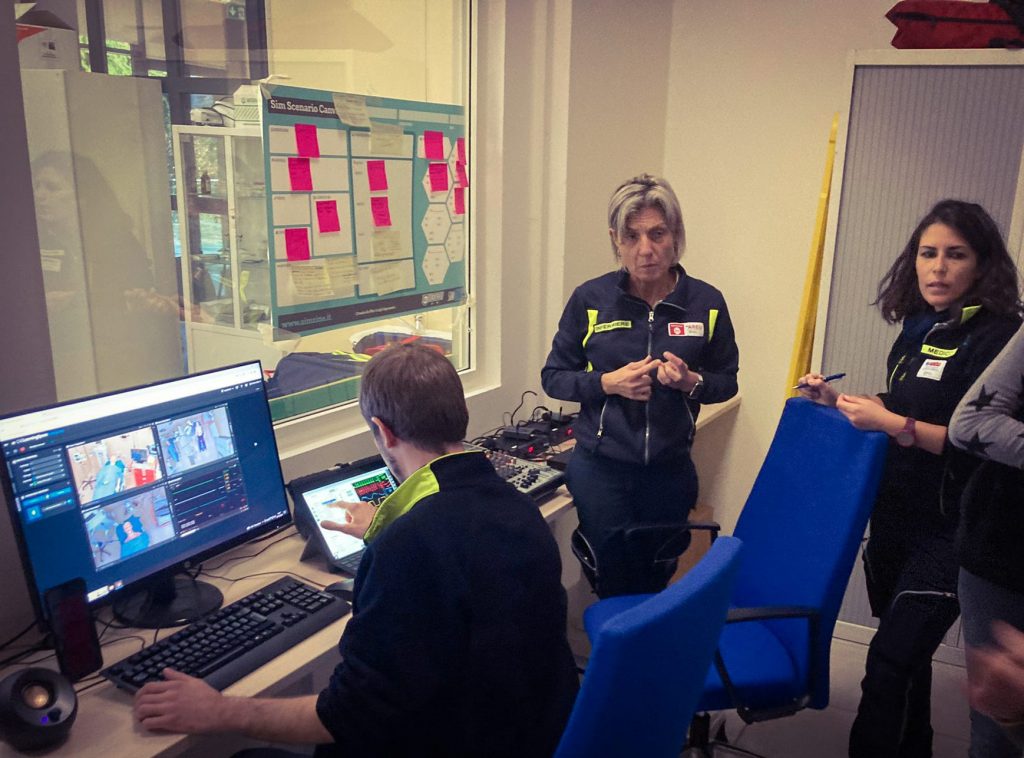
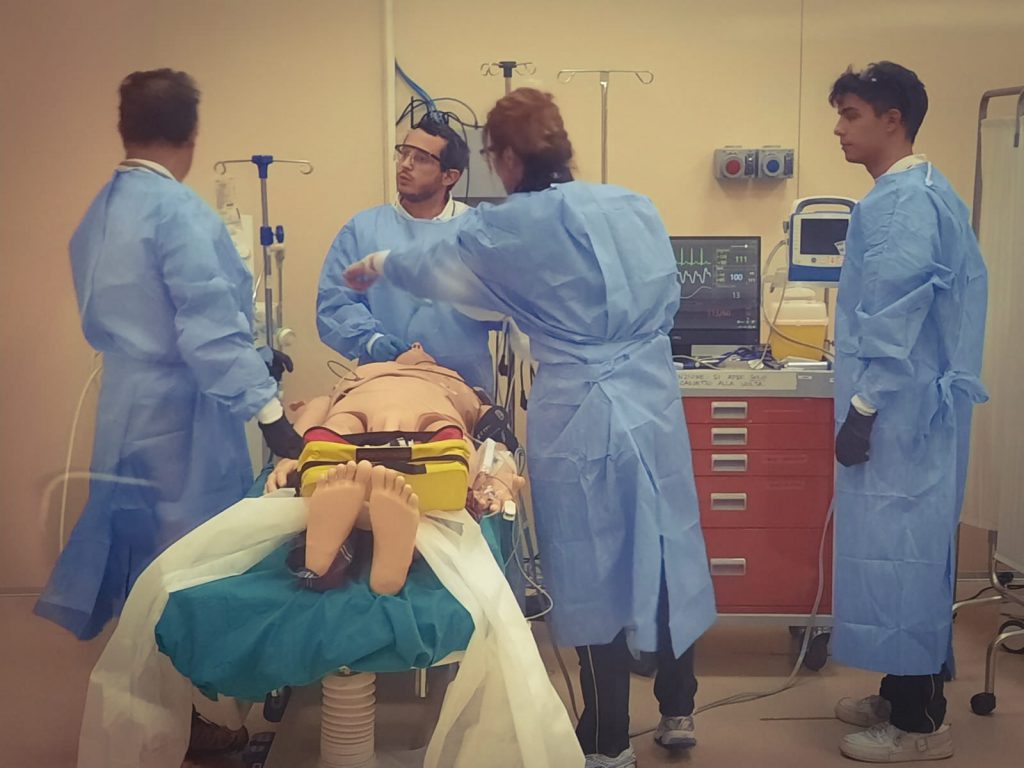
Simulation, at the moment, is growing in Italy. What are the most requested professional figures? Who would you like to have in your Center?
Surely a problem that is deeply felt by most Simulation Centers is that of technology management, at 360°. Experienced simulation specialist technicians who can make a continuous contribution to the Center are sought. Not only obviously because of the technology, but also because of the solution to a series of situations that the simulation usually brings with it. Being a very specific figure for a reality of the Public Administration like ours, it is difficult to fit them contractually and convince the Strategic Management of the indisputable need for their presence. But we are on the right track. Another figure that will gain strength in the field in the coming years, rightly so, is that of the simulation psychologist who, in my opinion, has an incredible opportunity to grow and make a significant contribution, in a structured and competent way. We are working on it. Obviously, other very important figures for a Simulation Center in my opinion, are the “Simulation Instructors/Facilitators” themselves who need specific and continuous training, the debriefers, the training experts who develop the specific strategy that allows us to achieve the goals we set for ourselves.
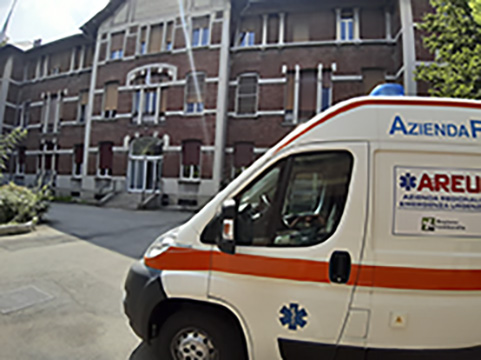

What would you like to read in a CV sent to your Center? And what do you ask for in a job interview?
Surely it is necessary to have a base of culture and specific studies, such as biomedical technicians/engineers, studies in the field of learning pedagogy, etc… but surely it is not only that! Very important is the experience acquired and if there was none (I believe a lot in young people who want to do and propose) or it was limited, what I try to understand in job interviews – of any kind and for any figure that has to enter my team- are attitudes, passions, hobbies, sports, how much you could give to the multidisciplinary group, in what modality. They must be extroverted people but above all passionate, curious, willing to get involved, always and in any case. Whether they are administratives, technicians, clinicals, psychologists or other. This I try to understand in an interview. Often, in fact, the guys I interview (usually never alone, but with those of my team who might be interested), are a little confused by the fact that I am almost more interested in these aspects, instead of investigating if they know how to use Excel, PPT or have super techno-specific skills.
Let’s get to the heart of your work now. Can you describe a typical day for a Center Director? And can you also tell us what is the most difficult thing a Director has to do, in your opinion?
Well… my day… actually… touchy subject…
I get up at 6:15 am, except when I go for a run, which usually leads me to set the alarm clock much earlier. I usually arrive at the Center around 7:15-7:30, to find at least 1 hour in the morning to read documents, make reports, set up projects, read emails, and then let myself be enveloped by daily life and by the thousand meetings with the team, with the Strategic Management (which is also located elsewhere in the center of Milan), with the various stakeholders, etc. First thing in the morning, when the activities start, I still like to find time (a few minutes) to go through the different courses that are starting (now we are holding an average of 4-5 courses a day and very often also on Saturdays and on Sundays), greet the trainers, chat and keep up to date with the basic problems, of those who carry out their own training in daily practice (in simulation or not). Then the day flies between meetings, signatures, process reengineering, following the restructuring work of the Center that we have had for about 1 year (and for the next 2!).
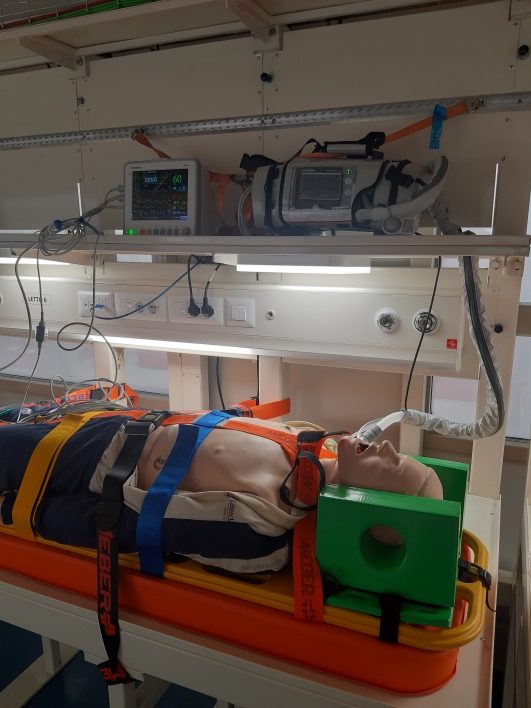
Last but not least, in my day, often from mid-afternoon until late at night, there are a series of tasks, albeit pleasant ones, from various national or regional working groups, scientific societies to which I belong, working groups which have as their starting point my activity as Director, but not only, the areas of the Profession, the Ministry of Health, the Lombardy Region, etc.
In the afternoon, while I go home, I usually do not leave the Center before 8 at night, I try to take stock of how the day has gone, with the regret, often, of not having given enough time to the guys on my team, or handling one situation or another too quickly… but I love to cook, even if it’s late at night and then… “Game over” until tomorrow, if they don’t put me on a video call!
The simulation has different application modes, from high fidelity to virtual reality. Is there any method you prefer? For what reason?
High fidelity is certainly necessary. But lately I have been very interested in/intrigued by immersive reality and virtual reality, in the service of a more dynamic, new and stimulating learning, although aware of the limits it can have.
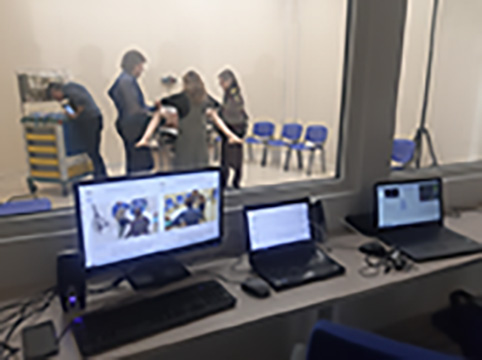
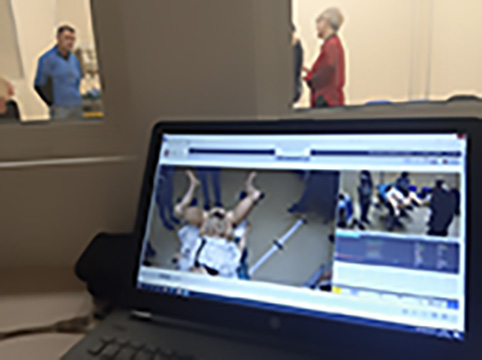
What is the project that has given you the most satisfaction? Do you have any other preview of projects to reveal to us?
We are having great satisfaction, in the field of simulation, for the use of the apartment (with all the real domestic environments) that we have installed in our Center, since it allows all the rescuers of the different levels to face very probable scenarios (advanced and basic), with limitations and discomfort of real spaces. We try to use it both in medical, traumatic (for example, home trauma), obstetric scenarios. The trainees are always very happy to operate in these conditions and then be able to commit patients to the Emergency Department Shock Room and/or the Delivery Room which are actually only a short distance away.
Three other important projects that we are developing refer to:
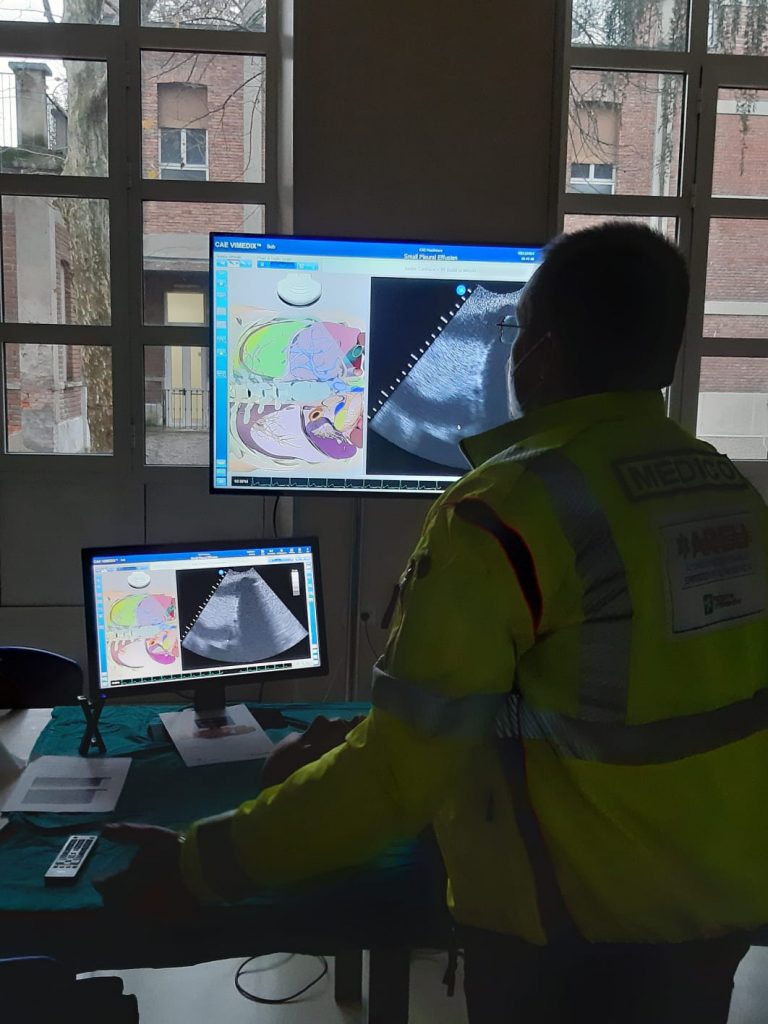
1. The start-up of a small simulated hospital (“Hospital-Sim” project with 2 hospital rooms + small control room, 1 examination/interview room, 1 medication room, 1 control unit and multipurpose room).
2. The fitting out of an Operations Room, with 8-10 workstations, for training in simulation of the different figures of Technical Operators (NEA 116.117, NUE 112, Sanitary Aid 118). The peculiarity of this operating room is that it will be possible to use all the IT and telephone management systems that are currently used, but in the form of simulators. This simulation operating room can be used in case of major events / maxi emergencies / disasters, as well as a real operating room connected to the other real regional operating rooms.
3. The civil and sports “Extraction Center” (of vehicles), for the training of health teams that deal with the extraction of patients from damaged vehicles, with appropriate techniques according to the position and type of the vehicles themselves (overturning, lateral , normal cars, sports cars, F1, etc..)
And now the last question. Close your eyes and imagine that you find Aladdin’s lamp, obviously you rub it and the genie, who comes out, offers you to fulfill 3 wishes for your Center. What would you ask?
Uuuhhhhh, beautiful question, which would make me ramble and also have fun with my imagination… but I’ll try to keep my feet firmly on the ground:
1.That it be a training center available to all health workers, at all levels and for most hospitals, IRCCS, ATS, various agencies in the region. A place that can operate 7 days a week, at least 12 hours a day and also be able to deal with research and development of technologies and learning techniques related to this area.
2.Give a more stable structure to the IR & TeCSim-AREU Team and therefore have at least 1 technologist and 2 experienced simulation technicians, strengthen the work of the back-office team and be able to increase the training of simulation instructors .
3.Funds to complete the 2nd and last floor of the Center (1950 square meters are already working on the mezzanine) and bring the technostructure that can be dedicated to making the Center work… Am I asking too much?
I don’t know, the genius will answer you. For now, I thank you for the time you have dedicated to us.
See you soon!



